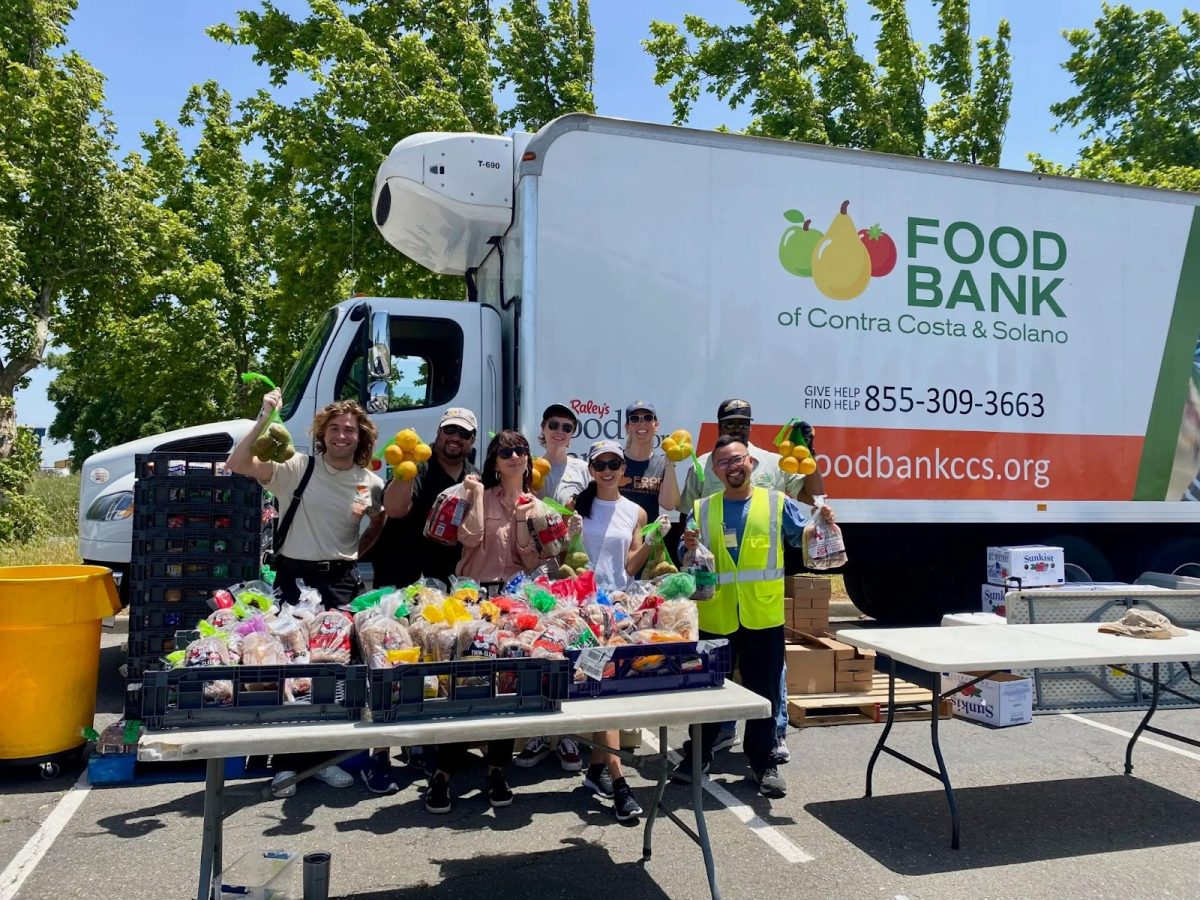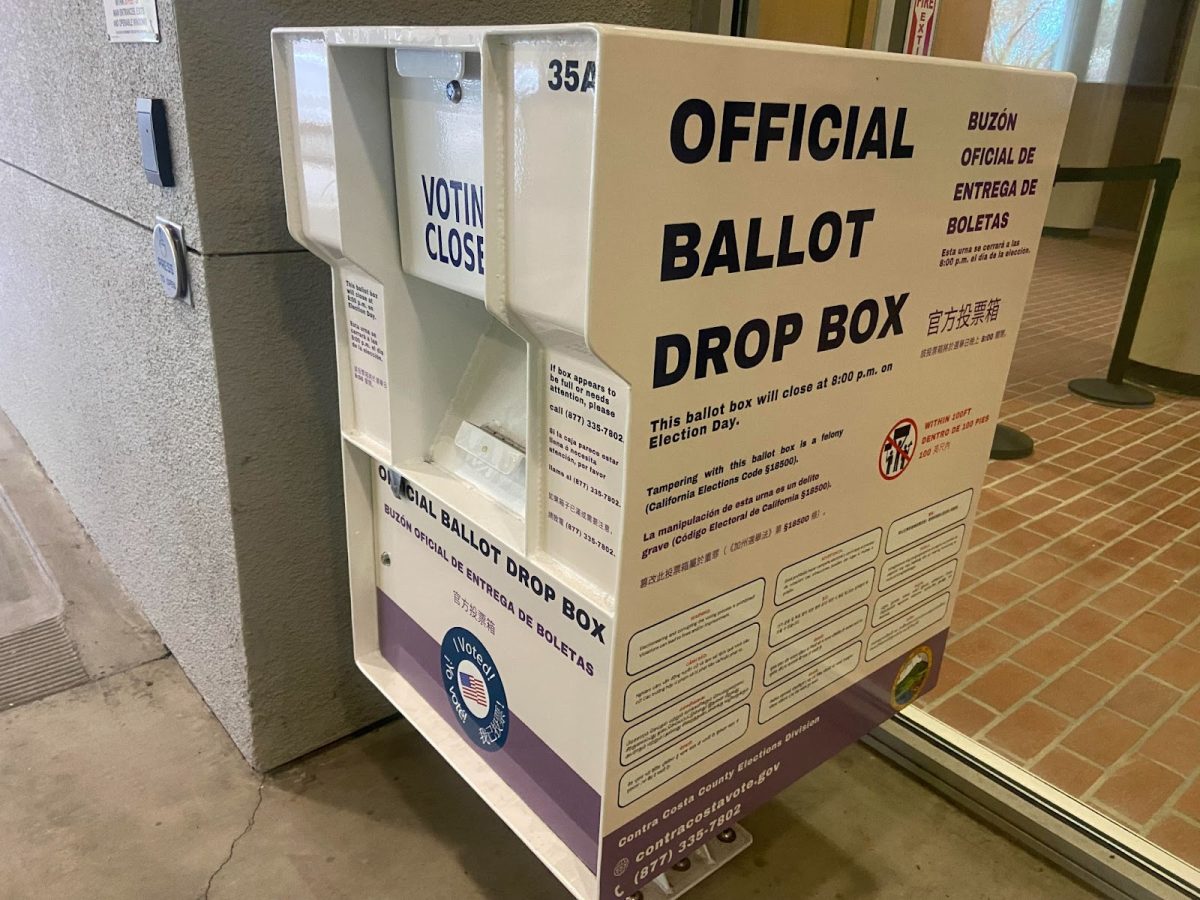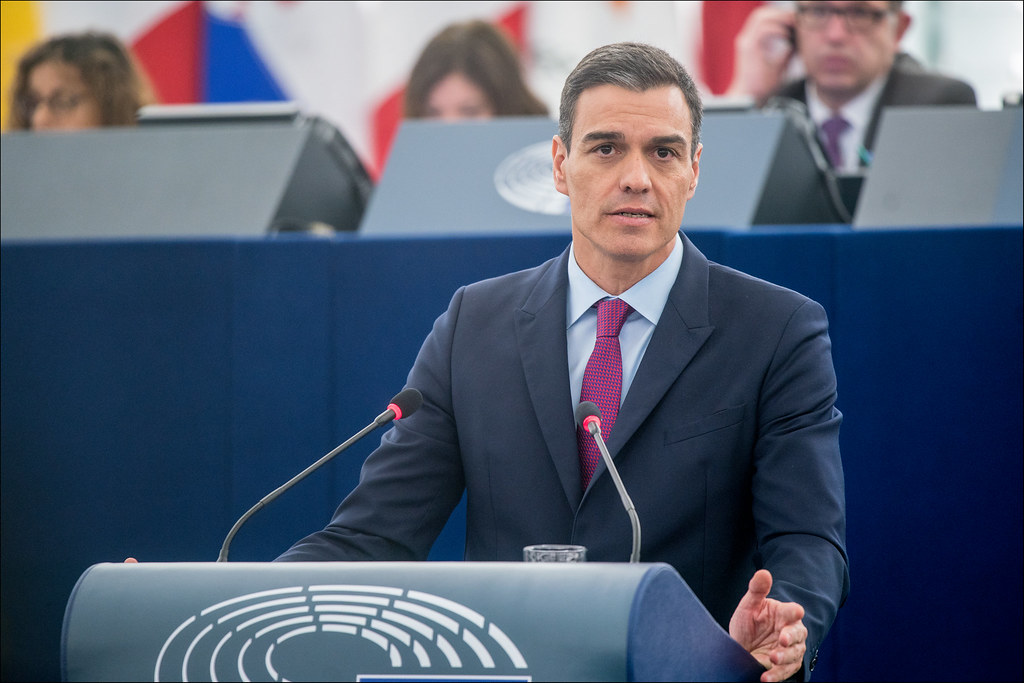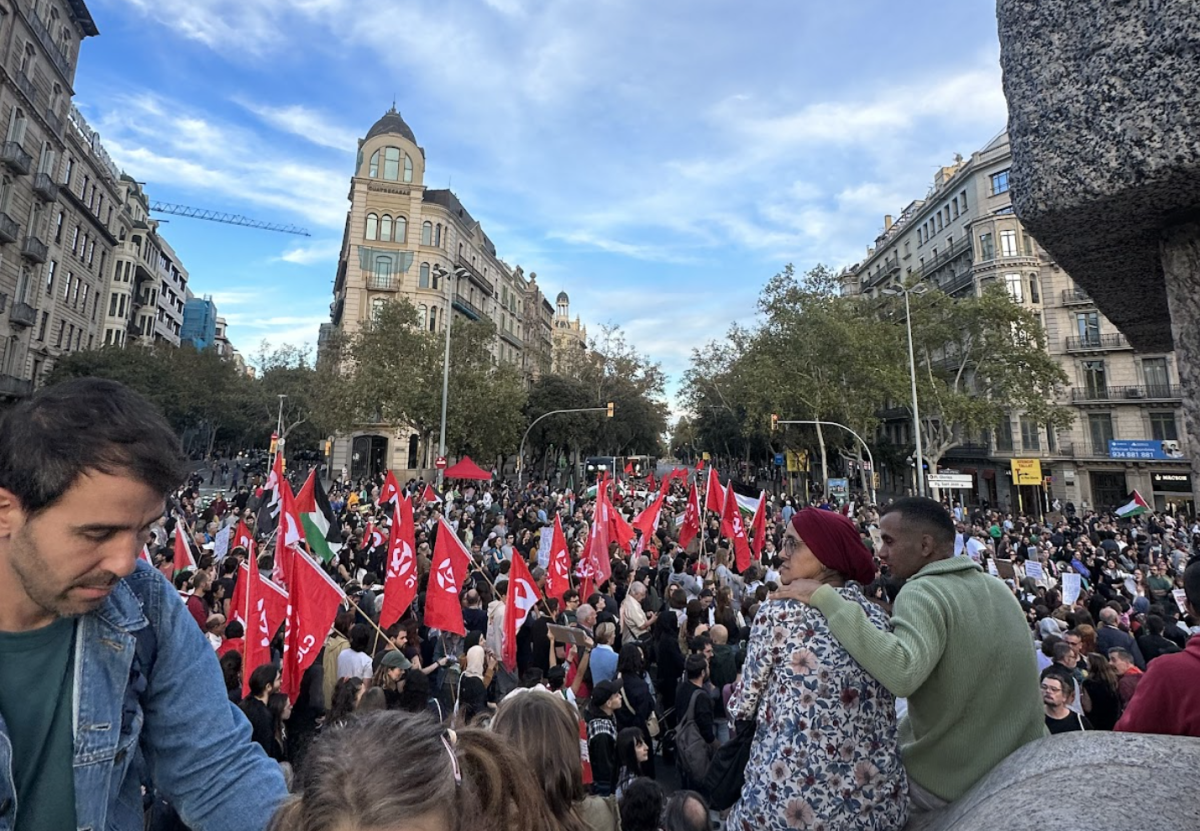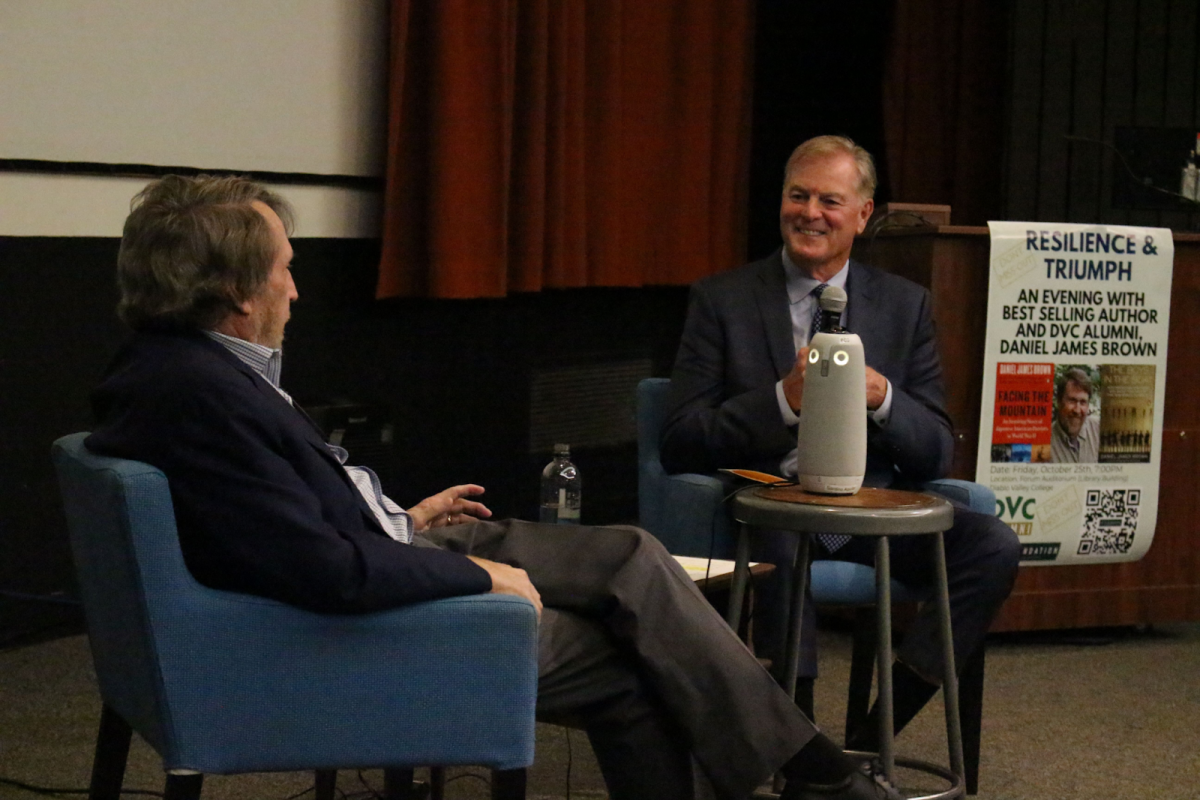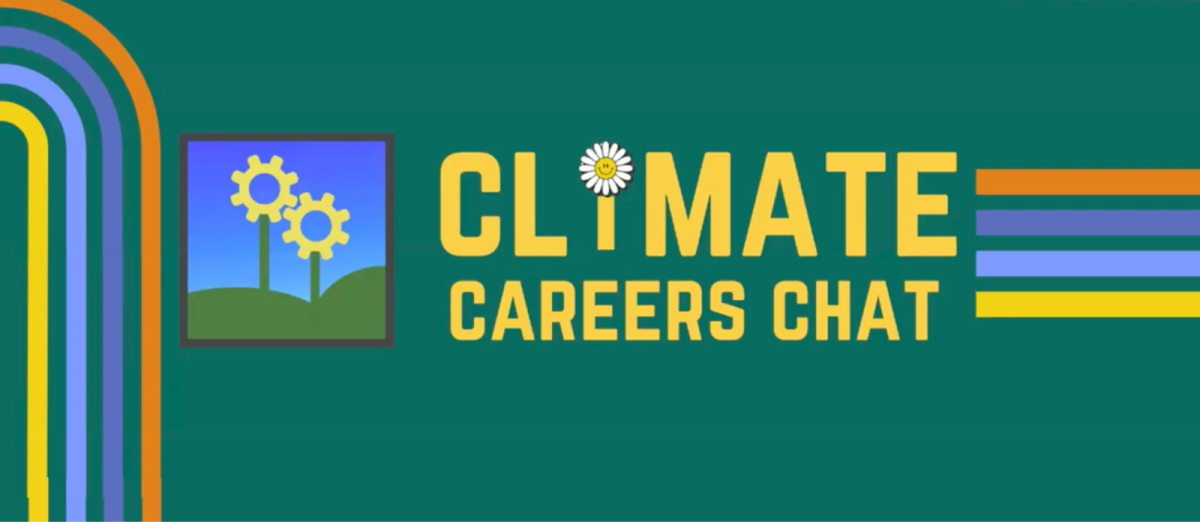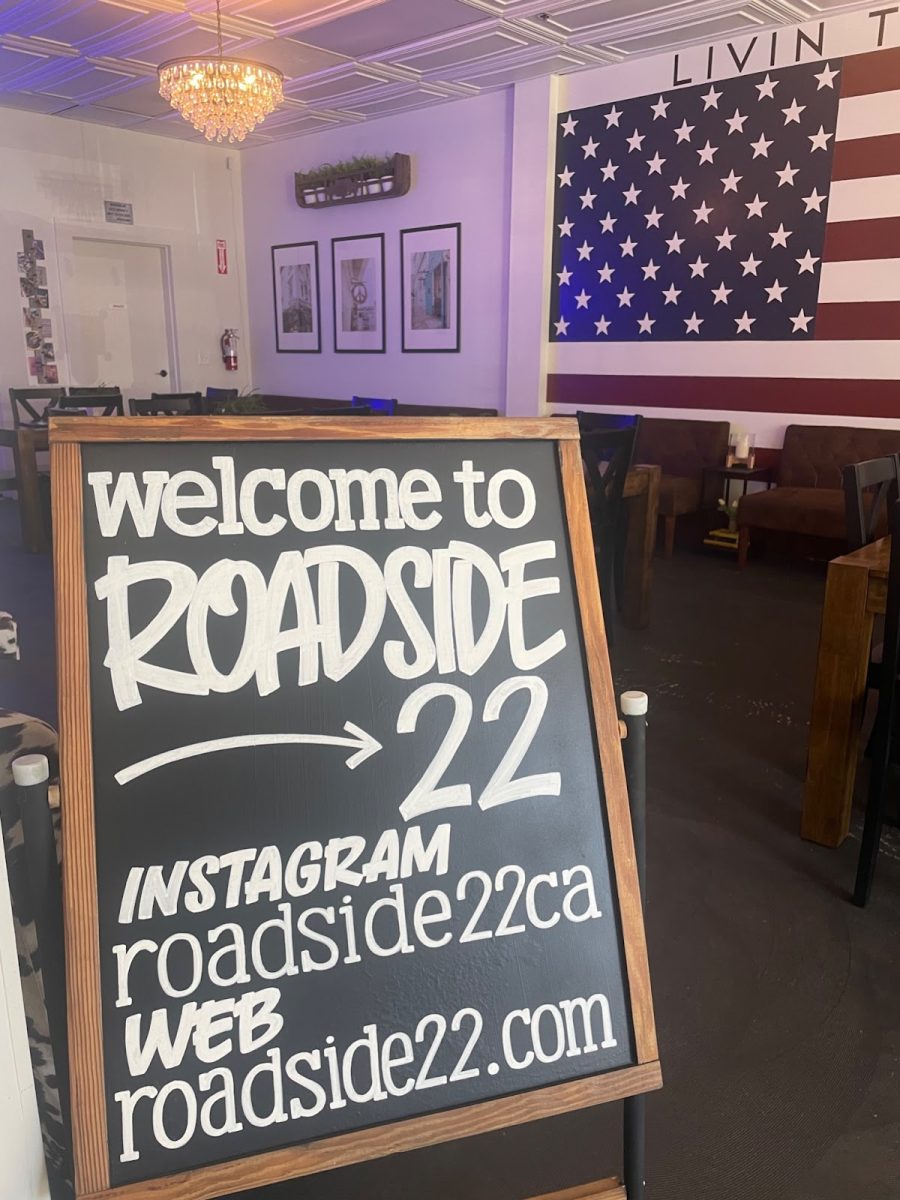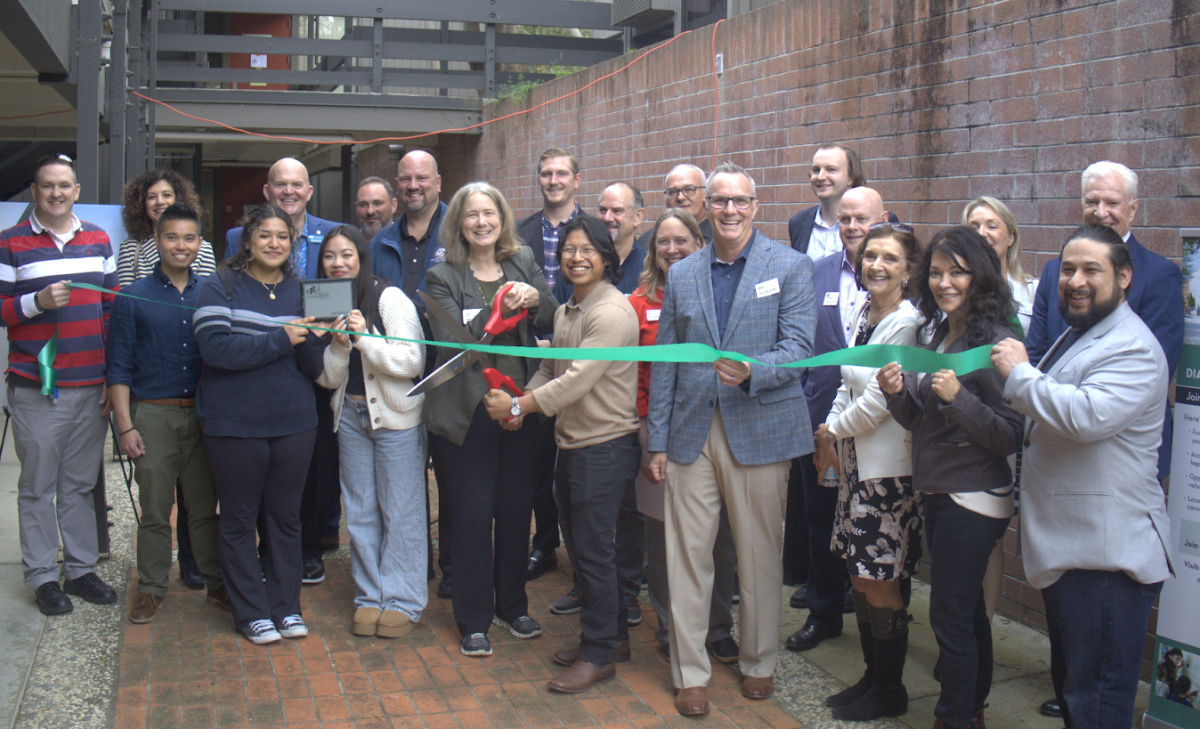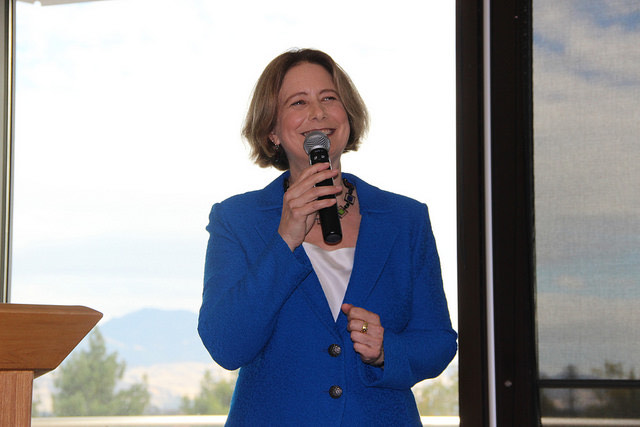“Students Have Found Their Own Freedom”: President Susan Lamb Addresses DVC’s Reopening Efforts, Charting a Course to Help Those in Greatest Need
April 14, 2021
In a wide-ranging discussion about whether – and to what degree – Diablo Valley College will reopen its doors to in-person learning in the fall, President Susan Lamb offered up a useful metaphor.
“We need a paradigm shift,” said Lamb, speaking last week with The Inquirer. “We keep trying to make the decision of whether or not the light switch is on or off. But we need to think of things more in line with a dimmer switch.”
Lamb explained that in the past, institutions of higher education expected students to adjust to their rules and values. But since the pandemic, things have changed. Now, a range of choices could be on the table for DVC.
“We as an institution need to be more responsive to the needs of our students, and that could mean in-person, remote or hybrid educational options,” she said. “I do not see us returning to our old normal. Students have found their own freedom and many are saying this new format works for them.”
For Lamb, “It’s not a question of whether we will be on campus or not, it’s about meeting the needs of our students.”
As an example, Lamb said that last year more students enrolled in asynchronous classes that didn’t require them to attend courses at specific hours nor make themselves available for real-time interactions online. In response, DVC adjusted by providing more remote learning opportunities through asynchronous courses.
Lamb said the school’s goal for the Fall 2021 semester is to remain as flexible as possible to accommodate students’ changing needs. The upcoming class schedules, which were submitted in January, list many courses as hybrid or asynchronous – with the caveat that things could shift in either direction as the semester start date nears.
“We put that verbiage in for maximum flexibility because our goal is to meet the needs of our students,” said Lamb. Throughout the pandemic, she added, “people have wanted me to have a crystal ball, asking me where we will be five months from now.”
But these days, unpredictability is the name of the game – especially in northern California, where safety concerns go even beyond the virus. “Heck, if we have fires and smoke, we have to change course,” she said.
Bringing students back to campus
Online classes may still be a desirable option for many in the fall, but Lamb said there is also a strong demand for a return to on-campus services. Students have missed out on club life, eating in the cafeteria, attending performances, receiving in-person therapeutic services, and socializing with their peers.
Throughout 2021, DVC remained partially open for athletic conditioning, chemistry labs, the dental program, study support labs, and the culinary and cafeteria programs, which prepared meals for the Food Bank.
All things considered, DVC managed to fare pretty well during the pandemic. Other community colleges in the area weren’t as fortunate and suffered steep losses in enrollment, Lamb said. Whereas DVC experienced a 5 to 7 percent decline in students, Los Medanos College saw a 12 percent reduction while Contra Costa College was hardest hit with a 25 percent enrollment dropoff.
In a statewide call in March, Eloy Ortiz Oakley, the chancellor for all 116 California Community Colleges, revealed that $2.3 billion in stimulus money had been awarded to the state by the federal government, and outlined plans for allocation and how to tackle the issue of declining enrollments.
Oakley said that half of the money will go toward emergency relief grants for students, and the other half toward outreach and efforts reopening campuses. He didn’t discuss details, but added that an additional $100 million in student grant money had been awarded by Governor Gavin Newsom.
The chancellor urged students in need to apply for financial aid at StayEnrolled.com and ICanAffordCollege.com.
Lamb confirmed that in the third round of Higher Education Emergency Relief Fund (HEERF) distributions, as part of the CARES Act passed last year, the Contra Costa Community College District received roughly $25 million. The district has a goal to increase enrollment by 15,000 students over the next three years, and $10 million will go towards that effort, she said.
Additional financial needs will eat into the $25 million, leaving the three community colleges in the 4CD to split between $10 million and $15 million in funding.
It remains unclear how much of the funding will go specifically to DVC. But when the college receives the money, Lamb said, a large portion will be allocated for heating, ventilation and air conditioning (HVAC) improvements, per Covid-19 stipulations, as well as regular mandatory coronavirus testing for the athletic department, which costs roughly $300,000.
More money is being distributed through the Cooperative Agencies Resources for Education program, or CARE, which provides students with food assistance, mental and medical services, grants, and support for housing, childcare and other needs.
Like health, income and other disparities exposed by the pandemic, the impact on education has hit students unequally.
“The neediest students are the first to drop off,” said Lamb. “If you live in a stable household it is much easier to maintain enrollment. Good Wifi, rent is paid and food is readily available. It’s a very different situation for students who have lost jobs, or who are forced to seek employment in order to support their families.”
Meeting underserved communities
For that reason, Lamb is particularly focused on developing outreach strategies to increase enrollment for underserved communities. She said the school has been successful reaching many high school graduates, but that a more targeted approach must be implemented to reach foster youth, life-long learners, and students ages 25 to 55 and beyond.
DVC already offers employment retraining and educational opportunities for new and returning students across a range of different categories. But the opportunity gap still exists.
“It would be unconscionable and amoral to write off these segments of our community,” said Lamb. “Trying to find effective methods to reach these groups can be difficult because it varies so much on the individual, culture, socioeconomic status, and a lot of other factors.”
During her interview with The Inquirer, Lamb expressed her personal passion for helping foster youth and other underserved, marginalized students – and began brainstorming immediate action plans to support these at-risk populations.
“We just don’t know what we don’t know,” she said. “I think about the points in my life when I just needed one person out there to help me, and that’s what foster youth students need.”
Lamb has experience in this area, having worked previously with foster youth, visually impaired, blind and abandoned children, as well as LGBTQ youth who have been rejected by their families and left homeless to live on the streets.
Facing the unprecedented economic and social crises caused by the pandemic, young people from these backgrounds have borne the biggest costs.
“Let’s make it happen. We need to think outside the box to support these marginalized communities,” said Lamb.
She said she understands that the main contributing factor that determines whether or not a person will make it through college hinges on a basic social level: they need to be seen and valued by at least one person.
“We want to pull students out of the fringe,” Lamb added. “They need a support network that sees and values them as individuals.”






